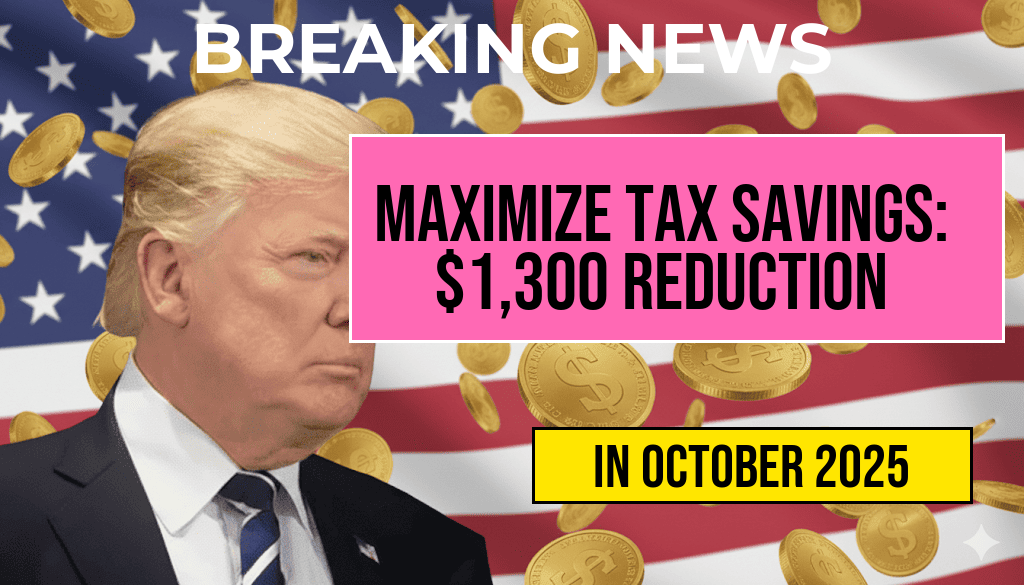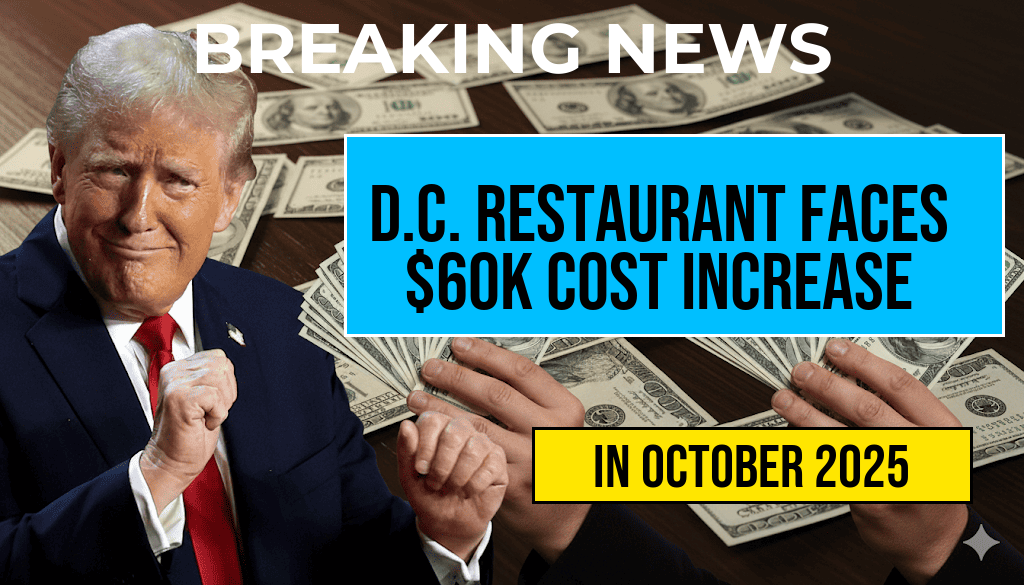In a bold move aimed at securing voter support, the Republican Party has proposed a plan that promises an average refund of $2,900 per household by the year 2026. This initiative is part of a broader economic strategy intended to alleviate financial burdens on American families. However, the proposal has sparked a significant debate over who will ultimately bear the financial responsibility for these refunds. Critics and supporters alike are weighing the implications of the plan, which could reshape fiscal policy and influence voter sentiment ahead of the upcoming elections.
The Details of the Proposal
The GOP’s refund plan is designed to provide financial relief to households struggling with rising costs of living. The proposal, which is still in its formative stages, outlines a comprehensive approach to tax reform and economic stimulus aimed at fostering growth. Key components of the plan include:
- Direct Refunds: A promise to return $2,900 to the average household in 2026, aimed at offsetting inflationary pressures.
- Tax Reform: Adjustments to tax brackets and deductions intended to create a more favorable environment for middle-income families.
- Economic Growth Incentives: Measures aimed at stimulating job creation and wage growth across various sectors.
Economic Implications
The proposed refunds have raised eyebrows among economists and policy analysts who question the sustainability of such a plan. Critics argue that funding these refunds could lead to increased national debt or higher taxes in other areas. Proponents counter that the plan could stimulate consumer spending and invigorate the economy.
Who Will Pay for the Refunds?
The central question surrounding the GOP’s refund proposal is who will ultimately cover the costs. Potential funding sources have been suggested, including:
- Reductions in Government Spending: Some GOP members advocate for cuts in other government programs to free up funds for the refunds.
- Increased Tax Revenue: Another possibility is generating additional revenue through economic growth spurred by the proposed reforms.
- Deficit Financing: Some analysts warn that relying on deficit financing could lead to long-term economic challenges and increased interest rates.
Public Reaction
Public opinion on the refund plan is mixed. A recent survey showed that while many Americans are receptive to direct financial assistance, concerns persist about the feasibility and long-term consequences of the proposal. Some voters express skepticism about government promises, citing previous instances where similar initiatives did not materialize as expected.
Support and Opposition
Supporters of the plan believe it could provide much-needed relief in a time of economic uncertainty. They argue that the refunds would help families manage day-to-day expenses, such as rising grocery prices and housing costs. Conversely, opponents highlight the potential for adverse effects on fiscal stability and long-term economic health.
Conclusion: A Critical Crossroads
As the GOP moves forward with this proposal, the stakes are high. The outcome could have significant implications for both the party’s electoral success and the broader American economy. Voters will be watching closely to see how the party addresses concerns about funding and sustainability. The discussion surrounding the refund plan may ultimately shape the political landscape leading up to the 2024 elections.
For more detailed information on this topic, visit Forbes and Wikipedia.
Frequently Asked Questions
What is the GOP plan for average households in 2026?
The GOP plan promises a refund of $2,900 for the average household in 2026, aiming to provide financial relief and stimulate the economy.
How will the $2,900 refund be funded?
The article raises questions about who ultimately bears the cost of the $2,900 refund, suggesting that it may come from budget reallocations or increased taxation in other areas.
What are the potential benefits of this refund for families?
The proposed refund could offer significant financial relief for families, allowing them to manage expenses better and potentially improve their overall economic stability.
Are there any concerns related to the GOP plan?
Yes, there are concerns regarding the sustainability of the plan and whether it could lead to increased deficits or impact funding for essential services.
When will households start seeing the effects of this plan?
The GOP plan is set to take effect in 2026, meaning households can expect to see the financial effects of the refund during that year.






